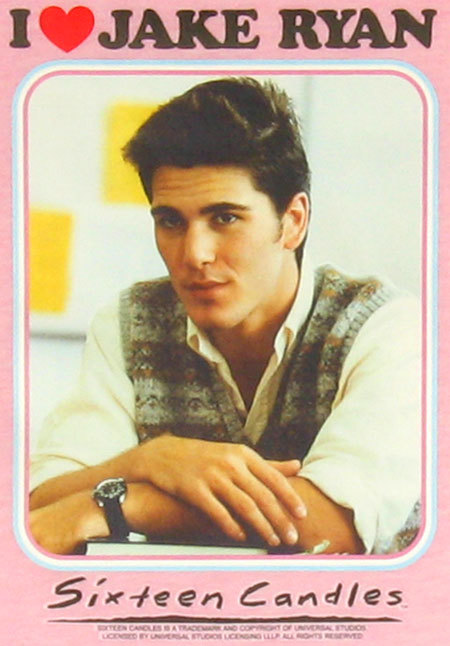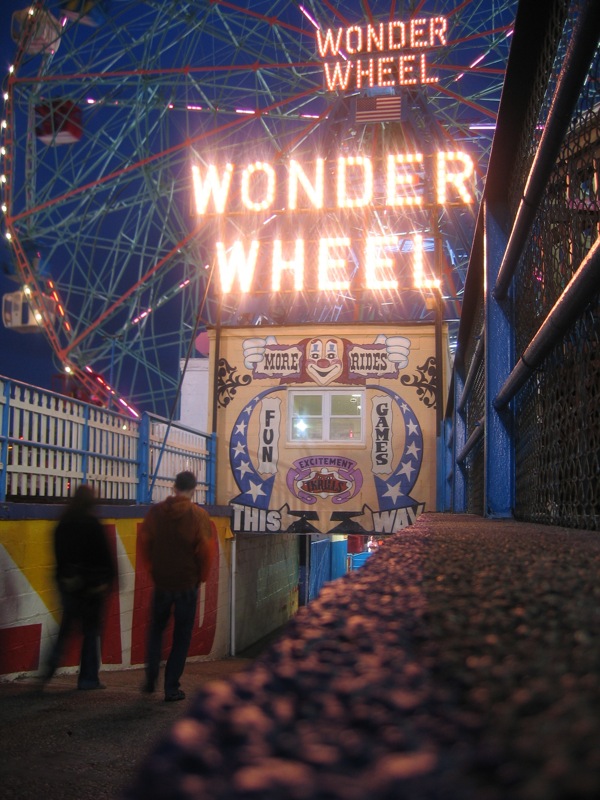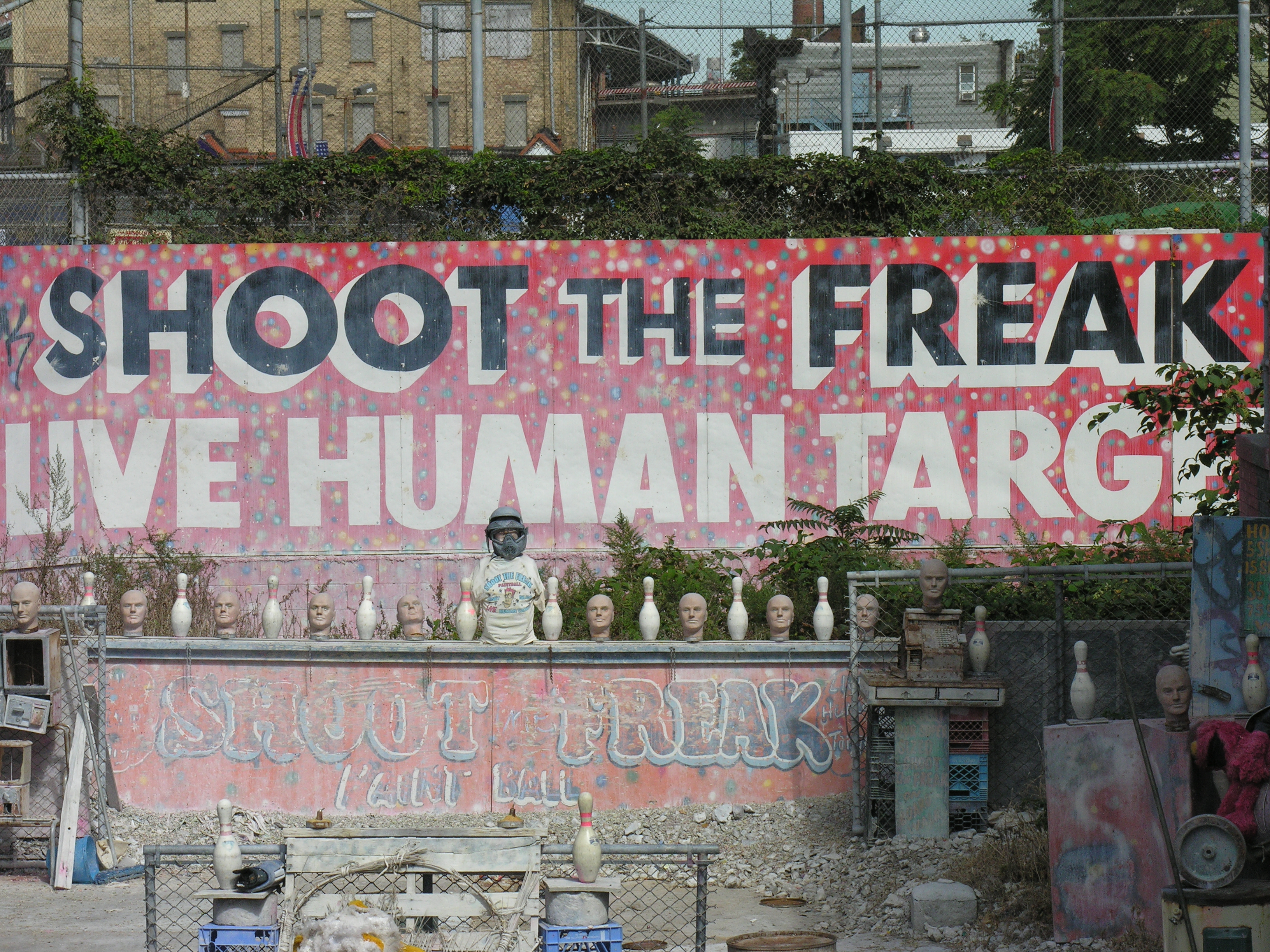One of the intrepid designers who have purchased a license for Sodachrome (perhaps you recall me mentioning that lovely typeface designed by the talented Ian Moore and me?) is my pal Todd Macfie, a designer in Vancouver who I got to know at Type Camp India last December. After seeing some of the early print samples of Sodachrome when we visited our screenprinter in Chennai, Todd thought it would be a good fit for a project he was developing about self-reflexive literature and hybrid forms of the book. At last, he finally sent me a quick video of his completed prototype book, which features many pages of big, vibrant silkscreens of Sodachrome.
[You know, you can get a license for Sodachrome, too, if you like. Just get in touch.]













